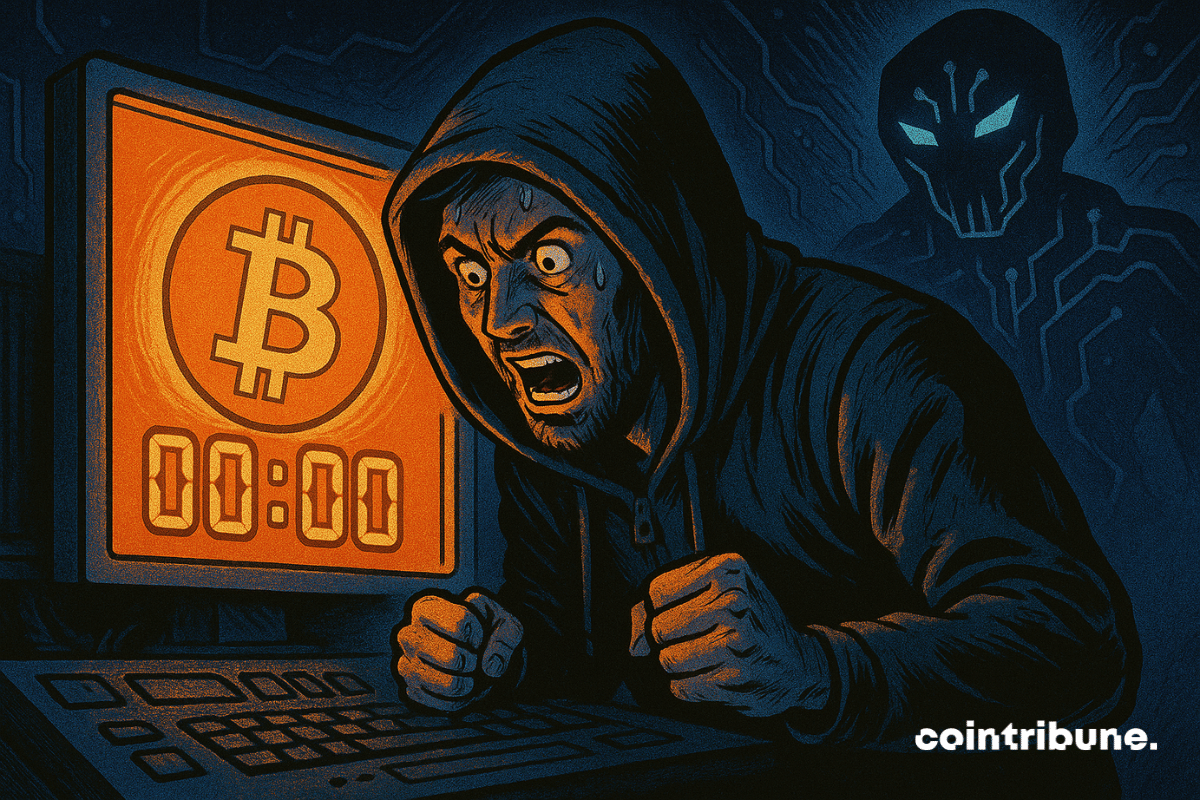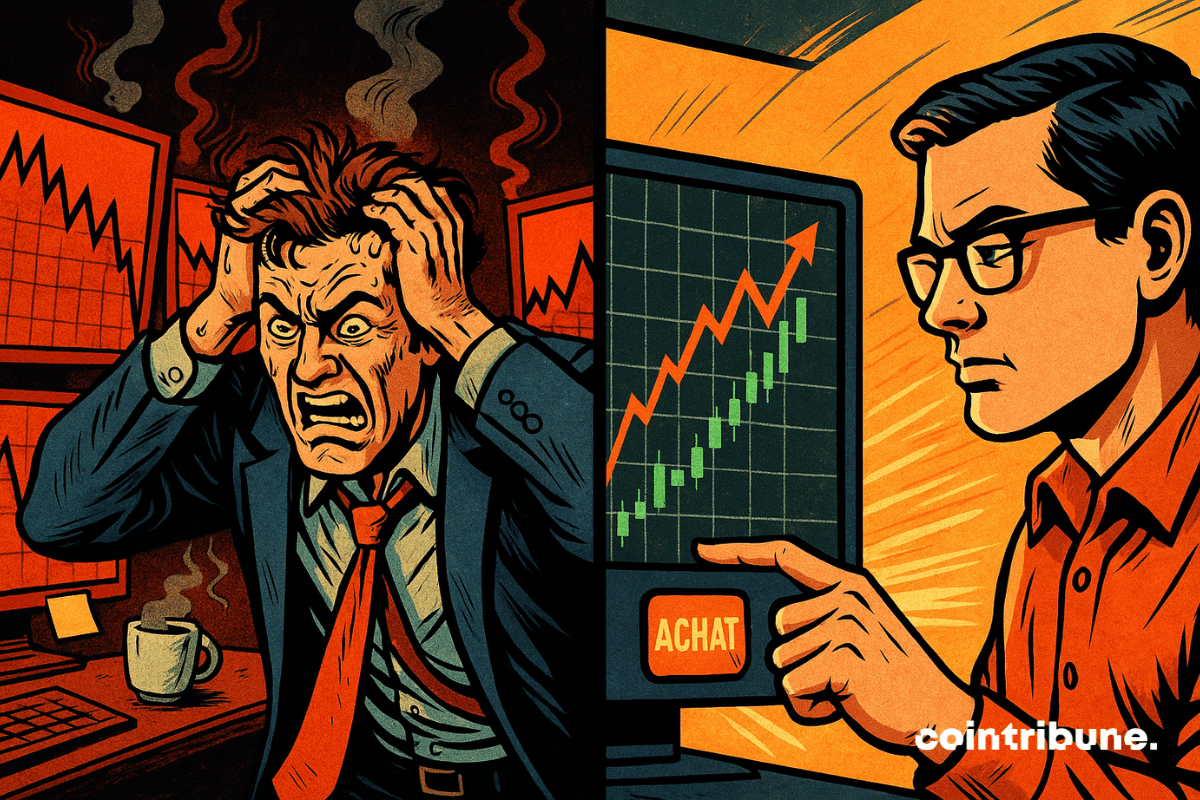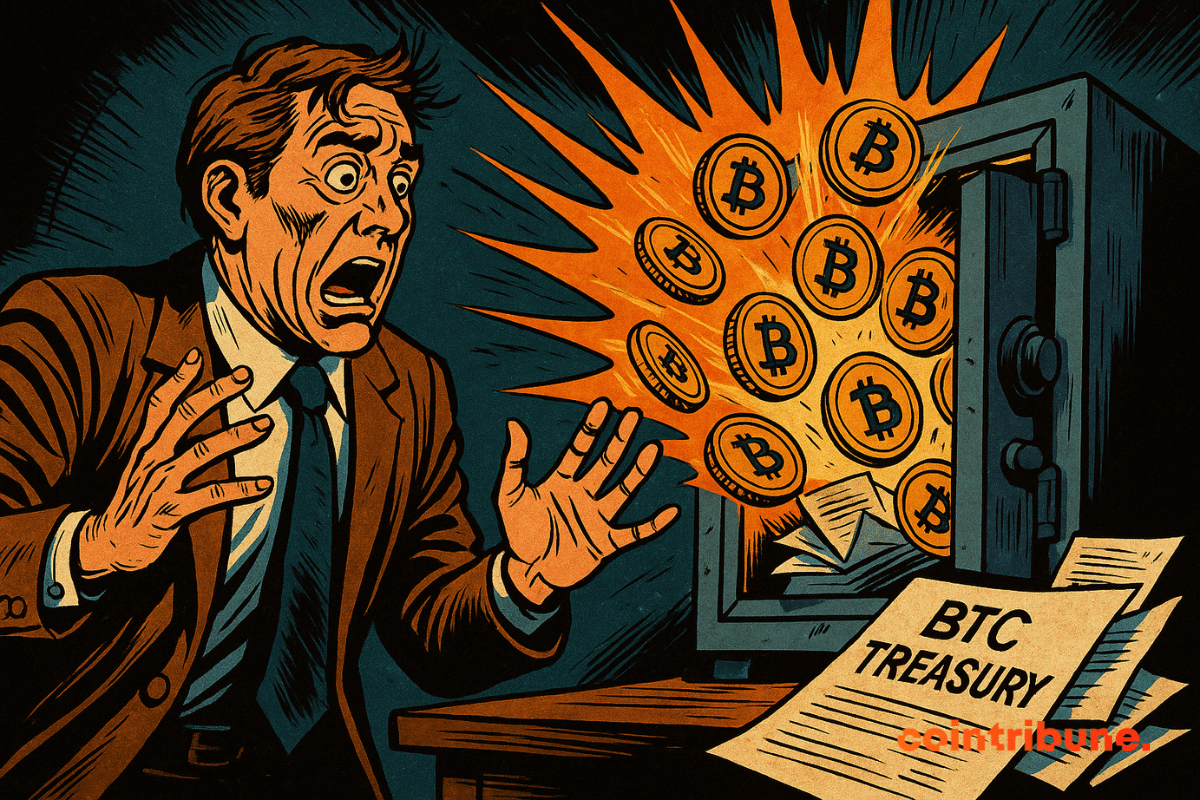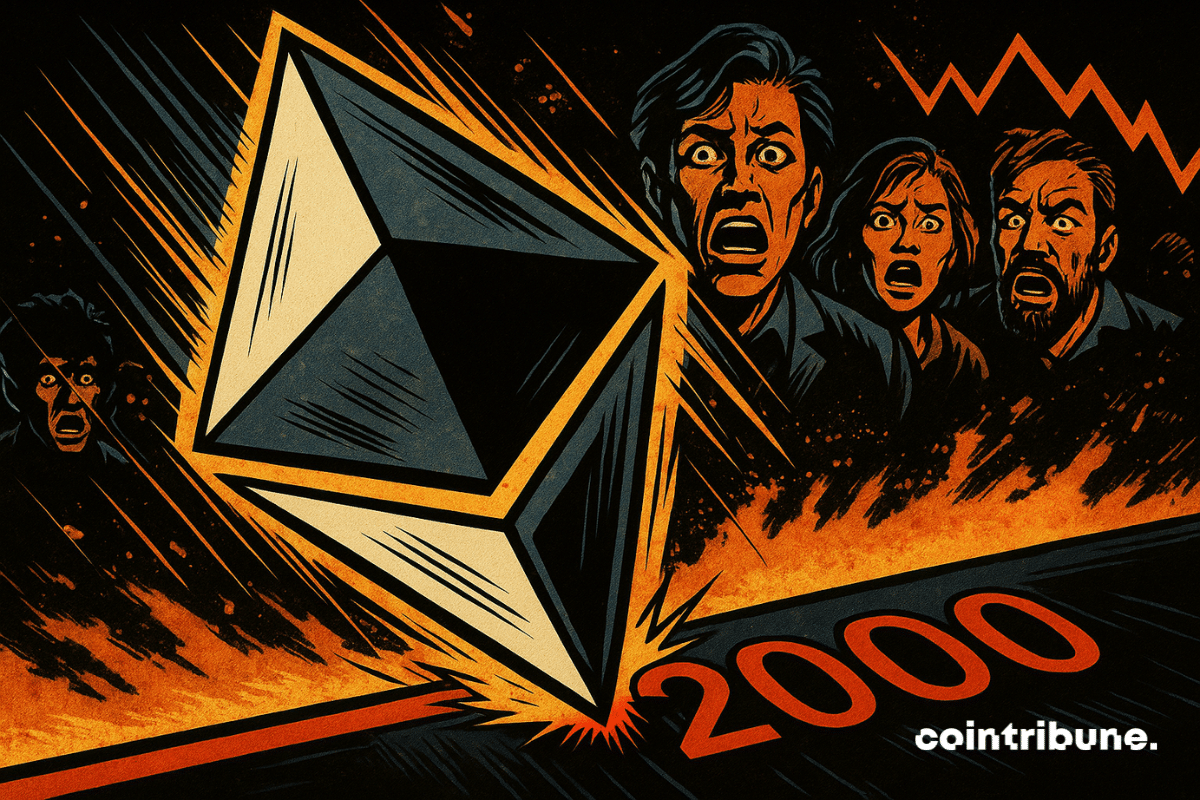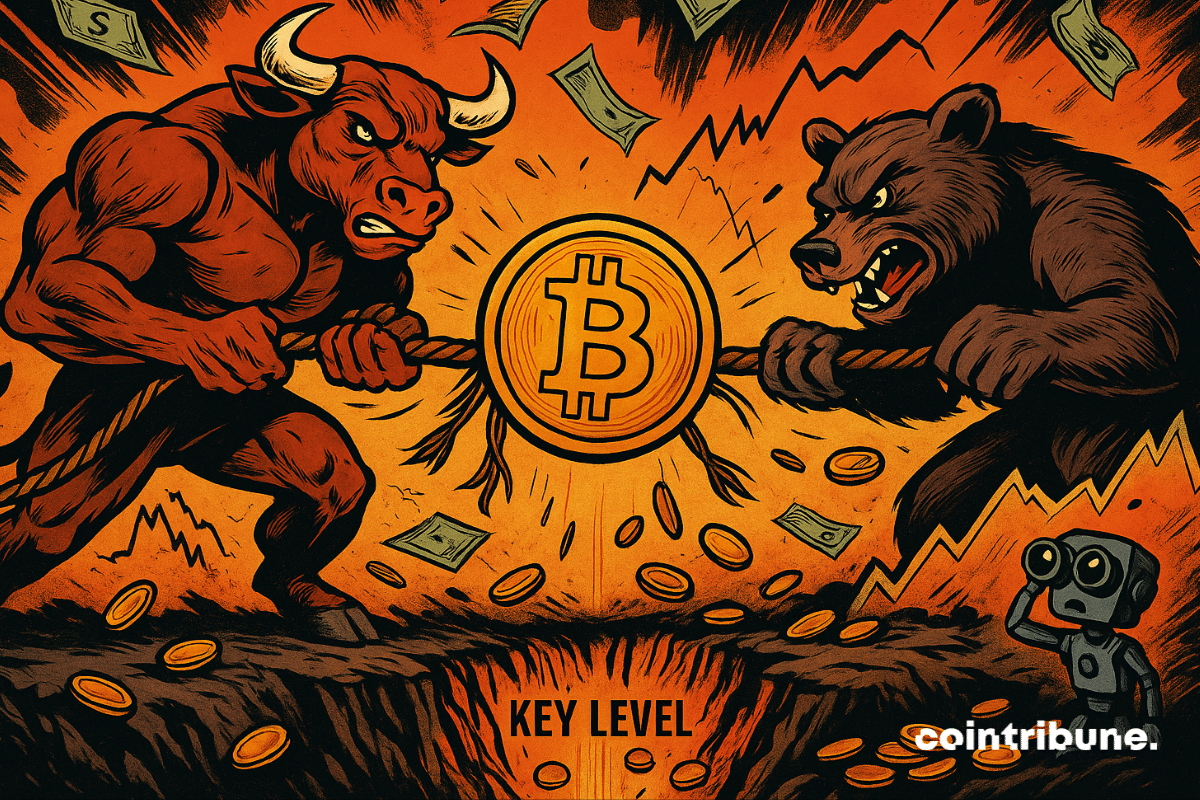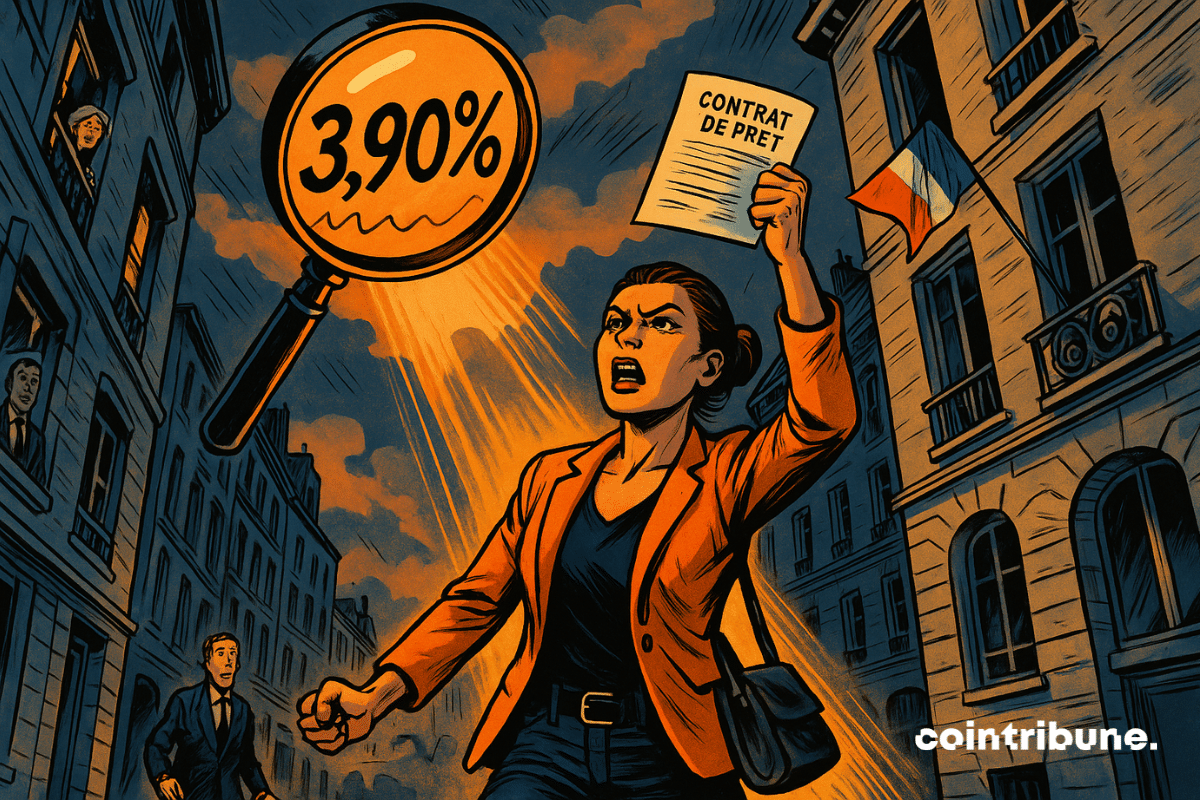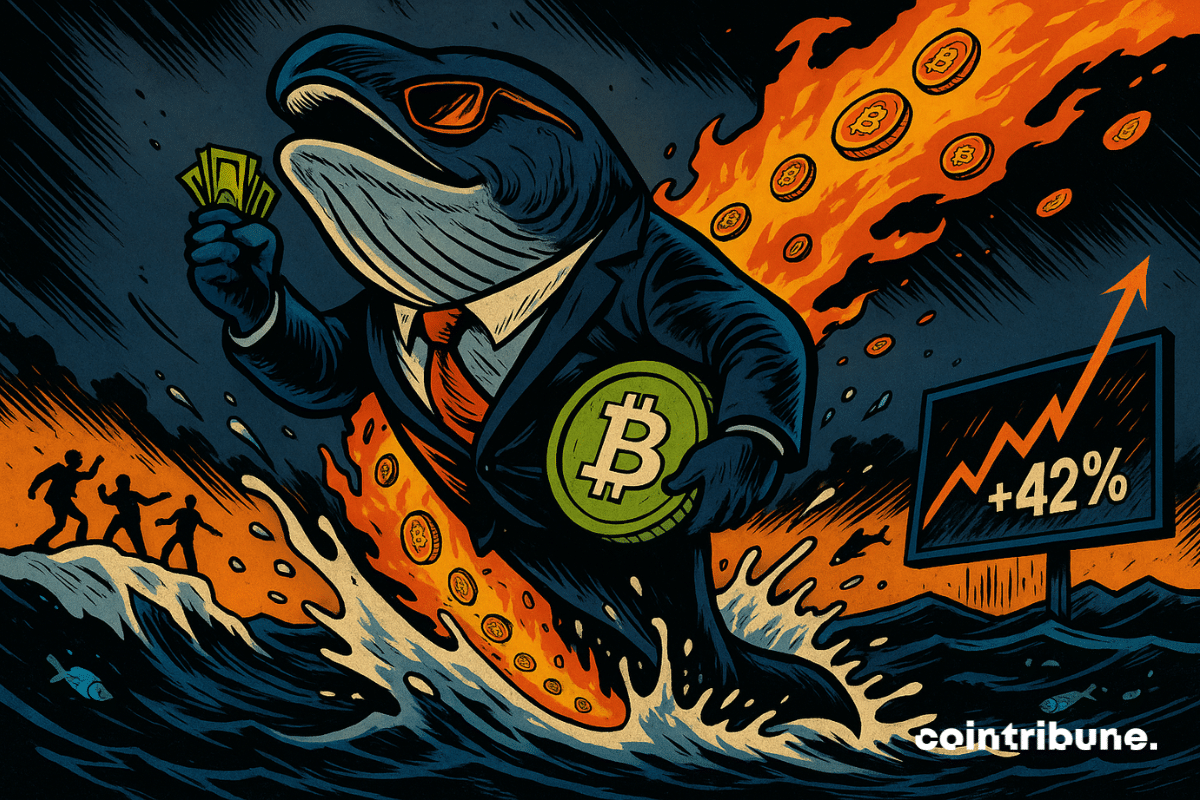The quantum threat is not for tomorrow morning, but recent breakthroughs suggest that the Bitcoin community made the right move to initiate major maneuvers.
Archive July 2025
Solana’s meme coin market is on a tear. A wave of low-cap, community-driven tokens is creating immense volume in the Solana ecosystem. The best performer is $USELESS, a satirical token that’s done anything but live up to its name, with its price rising by over 85% this week and 209% in the past month.
As Bitcoin flirts with its historical highs without managing to break through, a technical indicator is catching the attention of experts: the decline in open interest over 90 days. This subtle signal could well open a strategic accumulation window.
As the entire planet holds its breath in the face of the rapid rise of artificial intelligence, the European Union is moving forward with determination. Where others hesitate, it legislates. Faced with tech giants and hesitant governments, Brussels waits for neither soft consensus nor external validation. Its strategy? Regulate first, innovate later. A risky bet, perhaps. But a bet that is embraced. And above all, a clear message: AI will not be a jungle in Europe.
While Bitcoin and Ethereum monopolize attention, XRP is quietly establishing itself as one of the most strategic projects in the crypto landscape. Beyond speculation, some analysts mention an ongoing "historic wealth transfer." This bold statement reflects the alignment of key indicators: regulatory advances, banking integration, and technological performance. XRP, long in the background, could very well reshape global payment circuits.
Corporate Bitcoin treasury firms have become an emerging trend in the last few years, with companies like Strategy adopting an aggressive ownership approach. But some market experts have expressed concern over this capital reserve strategy, arguing that it lacks purpose and may not stand the test of time.
Dreams are crumbling. The trajectory of Ethereum, once hailed, is dangerously wobbling. Just as a surge towards $3,000 seemed within reach, the tide is turning. Technical indicators are darkening, support levels are giving way, and the specter of a plunge into the abyss looms. Yet, at the same time, contrary signals are lighting up. Ether is falling, but funds are pouring in. A paradox that intrigues as much as it confounds.
Bitcoin slipped to $107K despite ETF inflows, as global trade concerns, low activity, and whale wallet moves spooked investors.
The drop in mortgage rates marks an unexpected pause. While the market was beginning to restart, the curves are freezing, diverging from forecasts. This turnaround intrigues both buyers and investors, caught between hopes and uncertainties. Why are rates no longer falling, despite a more flexible monetary context? This blockage raises questions about the financing dynamics in France and reveals deeper tensions, at the very moment when real estate is trying to emerge from its stagnation.
While attention remains focused on Bitcoin and Ethereum, Bitcoin Cash (BCH) is emerging as the summer surprise of the market. In three months, the cryptocurrency has surged by 75%, reaching $526.5 on July 1, a peak not seen in months. This rise, unexpected for many analysts, is accompanied by an intensification of large holder movements and a rare technical setup. Between coordinated speculation and bullish signals, the return of BCH sparks as much enthusiasm as questions about the true nature of this dynamic.
